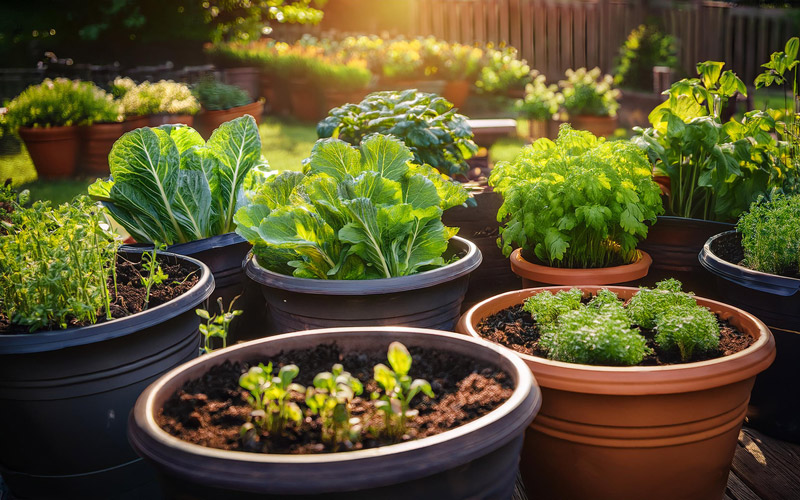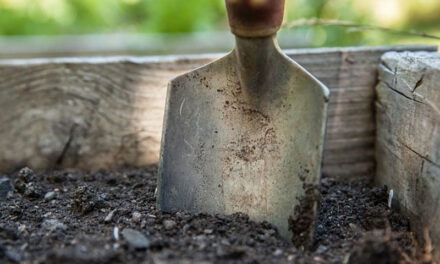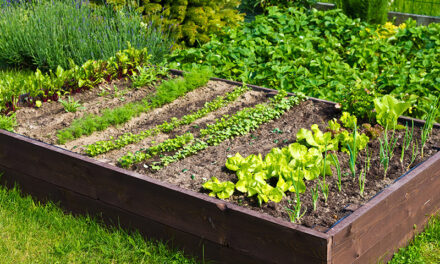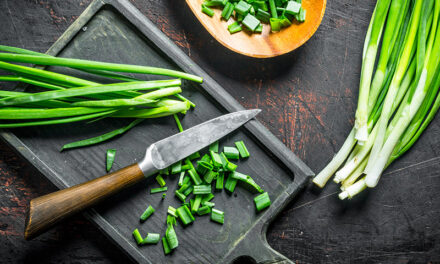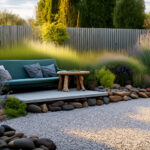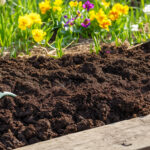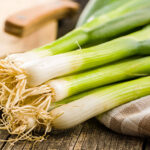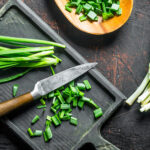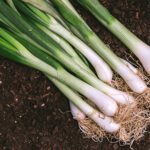Starting your own vegetable garden in pots is a fantastic way to grow fresh produce, even if you have limited space. With the right plants, pots, and strategies, you can enjoy a thriving garden on your balcony, patio, or windowsill. This article will guide you through the essentials, from selecting the best vegetables to practical tips for mobile gardening.
Why choose a vegetable garden in pots?
Gardening in pots is perfect for urban dwellers or anyone with limited outdoor space. It allows for mobility, better soil control, and the flexibility to grow plants year-round. Plus, it’s a sustainable way to reduce your grocery bill while enjoying organic vegetables.
Best vegetables to grow in pots
Choosing the right vegetables is crucial for a successful container garden. Here are some excellent options:
Tomatoes
Tomatoes thrive in pots, especially cherry or dwarf varieties. Use a pot at least 18 inches deep, and ensure proper staking or caging for support.
Leafy greens
Lettuce, spinach, and kale grow quickly and require shallow pots, around 6–8 inches deep. These crops are perfect for beginners.
Herbs
Basil, parsley, cilantro, and chives are low-maintenance and grow well in smaller pots. They’re also a great addition to any dish!
Peppers
Bell peppers and chili varieties are ideal for container gardening. Use a pot that’s 12–14 inches deep and ensure they receive plenty of sunlight.
Radishes and carrots
Root vegetables like radishes and carrots need deeper pots (10–12 inches) with loose, well-draining soil.
Beans and peas
Bush beans and snap peas are easy to grow in pots. Use a trellis or support for climbing varieties.
Pot requirements for a thriving vegetable garden
Choosing the right pots is critical for your plants’ health. Let’s break down the essentials:
Size
- Larger pots retain moisture better and allow roots to spread.
- For smaller vegetables like herbs and lettuce, a 6–8-inch pot is sufficient.
- Larger vegetables like tomatoes and peppers need pots that are at least 12–18 inches deep.
Drainage
- Proper drainage prevents root rot. Look for pots with holes at the bottom.
- Place a saucer under the pot to catch excess water and protect your surfaces.
Material
- Terracotta pots: Porous and great for aeration but may dry out quickly.
- Plastic pots: Lightweight and retain moisture but can overheat in direct sunlight.
- Fabric pots: Excellent for drainage and root aeration, perfect for mobility.
- Metal or wooden containers: Durable options, but ensure they’re lined or treated to prevent rust or rot.
Essential soil and fertilizer tips
- Soil mix: Use a high-quality potting mix designed for vegetables. Avoid garden soil, which is too heavy and may not drain well.
- Fertilizer: Add slow-release organic fertilizer or liquid fertilizer every two weeks to replenish nutrients.
Light and watering needs
- Most vegetables need 6–8 hours of sunlight daily. Place pots where they can receive maximum exposure.
- Water consistently, keeping the soil moist but not waterlogged. During hotter months, you may need to water daily.
Tips for mobile gardening in small spaces
Gardening in small spaces requires creativity and planning. Here are some tips to maximize your space and enjoy a productive vegetable garden in pots:
Use vertical space
- Install wall planters, hanging baskets, or stackable pots to grow more vegetables without taking up floor space.
- Use trellises or stakes for climbing vegetables like beans, peas, or cucumbers.
Choose compact varieties
- Look for dwarf or patio-specific varieties of vegetables. These plants are bred to thrive in small spaces.
Invest in wheels or caddies
- Place pots on wheeled caddies to move them easily. This allows you to chase the sun or bring plants indoors during bad weather.
Companion planting
- Grow compatible plants together in the same pot to save space. For instance, pair basil with tomatoes or lettuce with radishes.
Multi-purpose furniture
- Incorporate pots into patio furniture like benches or tables with built-in planters to make the most of your area.
Common challenges and solutions
Overwatering
- Avoid overwatering by checking soil moisture before watering. If the top inch of soil feels dry, it’s time to water.
Pests
- Use natural pest repellents like neem oil or introduce beneficial insects such as ladybugs to your garden.
Lack of sunlight
- If sunlight is limited, invest in grow lights to provide the necessary light for your vegetables to thrive.
Maintaining your vegetable garden in pots
Regular maintenance ensures a healthy and productive garden. Here are some key tasks:
- Pruning: Remove dead or yellowing leaves to encourage new growth.
- Harvesting: Harvest vegetables promptly to promote continuous production.
- Repotting: If roots start to outgrow the pot, repot the plant into a larger container.
FAQs about growing a vegetable garden in pots
1. What are the easiest vegetables to grow in pots?
Lettuce, spinach, and herbs are beginner-friendly and grow quickly in containers.
2. Can I use any type of soil for container gardening?
No, garden soil is too heavy. Use a potting mix designed for containers to ensure proper drainage and aeration.
3. How often should I water my potted vegetables?
Water when the top inch of soil feels dry. In hot weather, you may need to water daily.
4. Do I need to fertilize my plants regularly?
Yes, vegetables in pots require regular feeding since nutrients are depleted quickly. Use a balanced, slow-release fertilizer every two weeks.
5. Can I grow vegetables indoors in pots?
Absolutely! Use grow lights and ensure proper ventilation for healthy indoor plants.
6. What’s the best way to deal with pests in a container garden?
Use natural pest control methods like neem oil or diatomaceous earth, and inspect your plants regularly for signs of infestation.
Conclusion
Starting a vegetable garden in pots is an excellent way to enjoy fresh, homegrown produce, regardless of your space limitations. By selecting the right vegetables, using suitable pots, and employing smart gardening techniques, you can create a thriving garden in any environment. Embrace the joy of container gardening and reap the rewards of your own green thumb!

